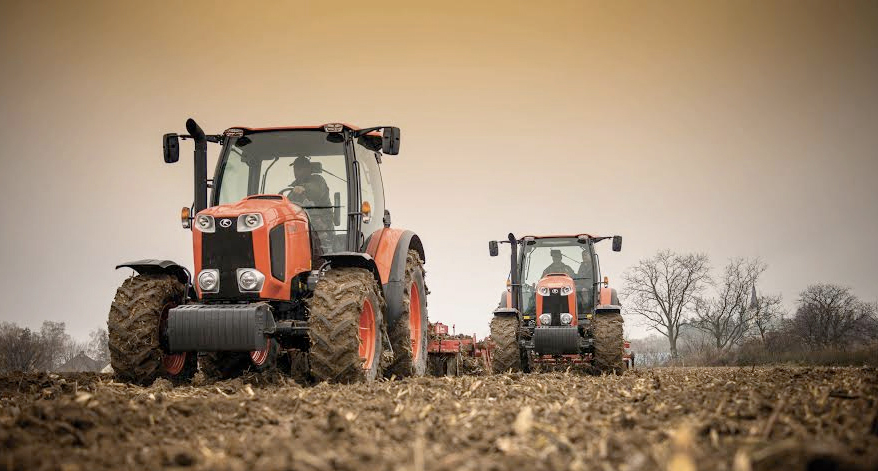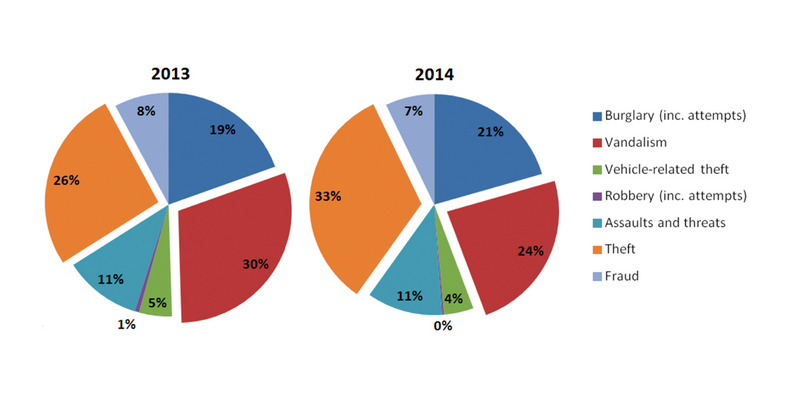
A Home Office survey of businesses estimates that rural crime affected around a quarter of agriculture, forestry and fishing premises in 2014, with around 95,000 crimes.
This is the first release of data from the 2014 Commercial Victimisation Survey (CVS), a sample survey that examines the extent of crime against businesses in England and Wales. The CVS was previously run in 1994, 2002, 2012 and 2013, and is planned to be repeated annually from 2015 to 2017.
The number of burglaries per 1,000 premises in the agriculture sector fell by over a third.
Compared with 2013, the number of incidents of burglary with entry per 1,000 premises in the agriculture, forestry and fishing sector fell from 206 to 132.

The survey records fraud, but does not record online crime for the farm sector, which is becoming an increasing concern for our members.
The highest levels of organised crime reported was in theft of vehicles.
The Home Office Commercial Victimisation Survey is part of work undertaken to understand the impact of crimes against businesses.
Suzanne Clear, the NFU’s senior adviser on planning and rural affairs, said: "We are concerned that not only of the levels of crime too high, but that they hide under-reported crime and antisocial behaviour that our members tell us they experience but do not always feel that they can report.
“The NFU is working with the Home Office, but also with the National Rural Crime Network - an organisation of 29 Police crime commissioners and key groups with an interest in reducing rural crime and antisocial behaviour - whose new website is released today.
“We are highlighting not just the important theft and vandalism issues raised by these statistics,but also to ensure wider wildlife and livestock crime, fly-tipping and fly-grazing are understood and reported."
The 2013 CVS found that, in contrast to other sectors, where the majority of premises have alarms installed, only a third (32%) of agriculture, forestry and fishing premises had one. However, the 2013 survey results also indicated that the presence of a burglar alarm does not fully offset the risk of victimisation in high-risk and accessible locations. This shows some similarities with a finding by Tilley et al (2015), whereby alarms were actually associated with increased risk of burglary in households.
